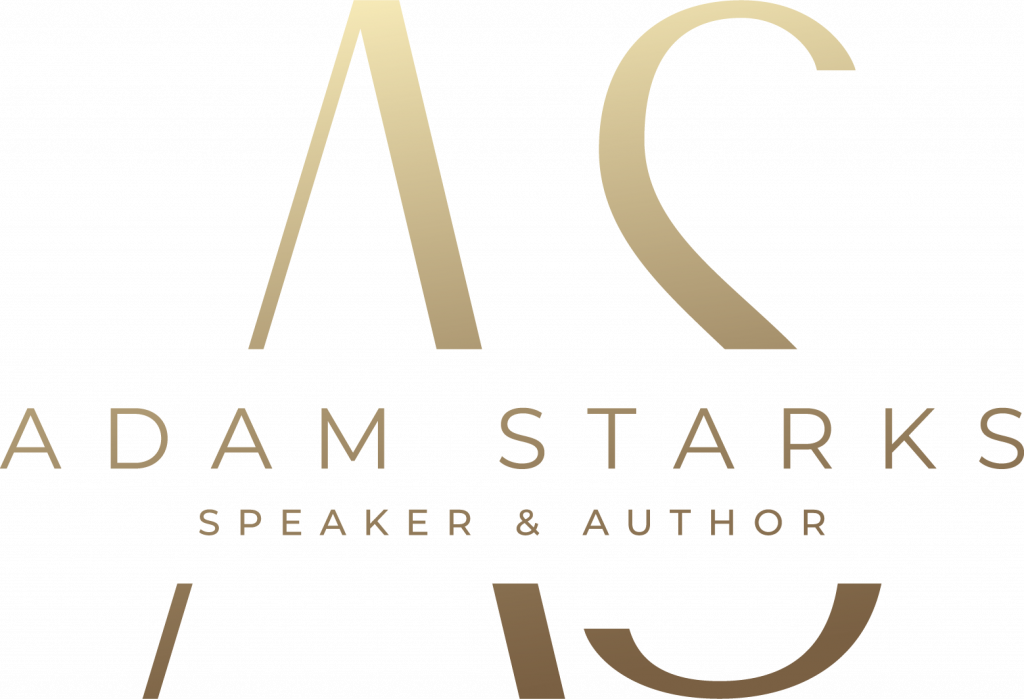Our nation’s reluctance to discuss race matters has led to continual misunderstanding and consequently the lack of healing our unsettled past. I labeled chapter three White Foster in an effort to highlight the shallowness of skin color and the one thing that mattered in the grand scheme of things.
My first foster family was white, and I had no idea they were any different from any other human being. At eight years of age, some would point out that it was child-like naiveté, but I had much bigger problems than race matters at the time. I recall having to deal with the uncertainty as I sat awake in their home that first night wondering where my other two brothers were. Physically, adapting to the new setting was relatively easy since I didn’t have to scrounge for food and slept in my very own bed. Mentally, I was a wreck. The level of distrust I had for everyone who had ripped my world apart initially turned into acting out at school and later settled into a deep depression.
Looking back, it didn’t necessarily stem from my first foster family. It largely stemmed from an inability to connect with my race. Through the boundless ways to define one’s blackness, my way didn’t fit into the only box available. Being an outcast from my own race left me in a constantly confused state of mind. As I shared in my excerpt (see Facebook page) last week, I didn’t dress like the black children at my new school, so I was a target from day one. Floyd T. Binns Elementary School, and by extension society at large, depicted that whites and blacks were just too different to get along. There was an unspoken price to pay for associating with whites, and living with them was almost sacrilegious.
Without a doubt, society gave me a rude introduction to race relations, but not in a way many would expect. I was catching heat from two black boys who determined that I acted “like a white boy” and a white girl who never relented when referring to me a “slave” or a “nigger.” Other than how to endure the torment, I learned absolutely nothing schoolwise during that dreadful fifth grade year. Conversely, the negative experience managed to positively form my wide-ranging views on race to this very day.
In chapter three, you will discover the inner workings of a newly-placed foster child trying to process an uncertain world. I felt the need to depict this account from my inner child perspective. I was not the model child portrayed in many books. That is likely the case in many foster care situations. Many of the children have internal issues that may or may not be solved with mental wellness and enrichment programs. However, the potential to do great things is within every broken child. Believe in them. Love them. Support them. The rest should fall into place.
The Broken Child Mended Man e-book is available at several online booksellers:

